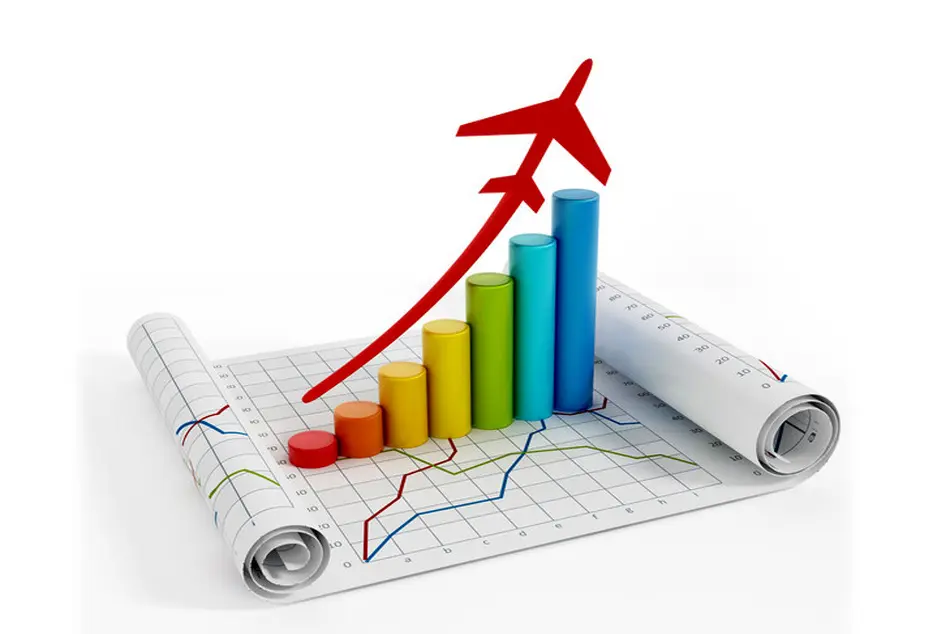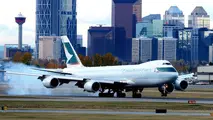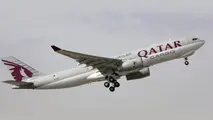Airports see cargo demand growth reach 2017 high

Cargo demand growth at airports sped up in May, reaching double-digit levels and the highest level so far this year.
The latest statistics from industry body Airports Council International (ACI) show that cargo demand improved by 11.1% in May.
The region to register the largest growth rate was Europe with an increase of 12%, closely followed by North America with 11.9%.
There were also double-digit improvements registered at airports in the Asia Pacific region and Latin America Caribbean, which has struggled over recent years because of weakness of in the Brazilian economy.
“After a period of economic uncertainty regarding the US trade policy and risks related to the United Kingdom’s vote to withdraw from the European Union, global commerce is no longer side-lined,” ACI said.
“The rise in business confidence translated into a robust recovery in air freight volumes in 2017, increasing by 11.1% year over year in May. All regions demonstrated high growth during that period.”
ACI said that freight traffic numbers in North America were boosted by their largest freight hubs.
Four of the top five airports in terms of cargo volume, representing 43.2% of total cargo in 2016, posted double-digit growth.
Anchorage, Louisville, Miami and Los Angeles all seeing increases between 11% and 13%. Memphis (MEM), the largest freight hub of the region, grew 1.3%.
Domestic freight played an important role in that increase, surging 9.1% in May after a period of stunted growth, illustrated by the 1.7% year to date results.
In Europe, Istanbul continued on its recovery, posting 21.1% increase in total freight traffic.
Other freight hubs such as Amsterdam, Heathrow and Leipzig also showed high growth at 12.3%, 10.6% and 9.1% respectively, the council reported.
Growth was led by international traffic, which was up by 13% year on year in May, while domestic cargo volumes increased by the lower amount of 6.3%.
The figures also provide the chance to see how cargo demand has progressed during the first five months of the year, with demand up by 8.3% compared with the same period in 2016.



